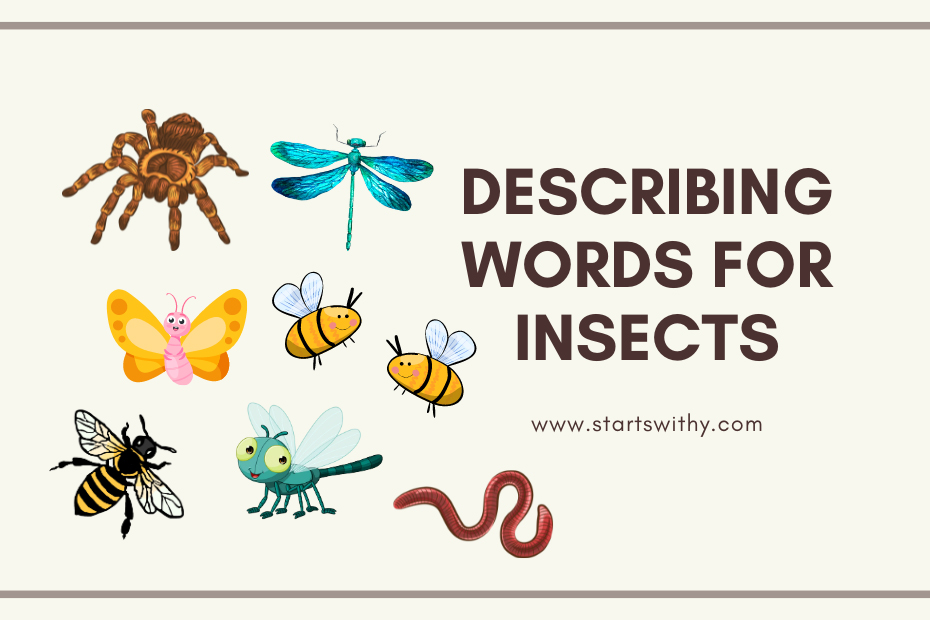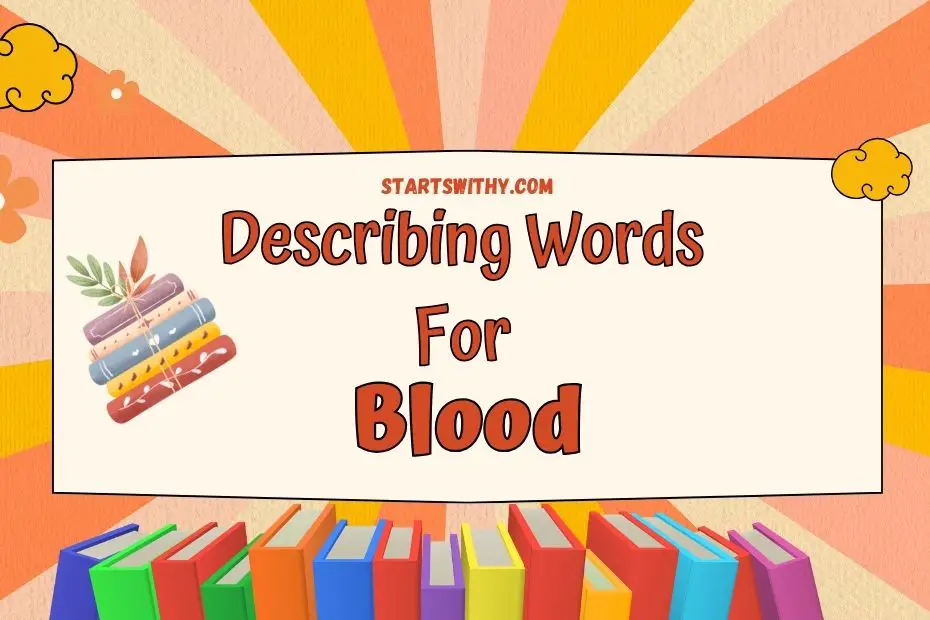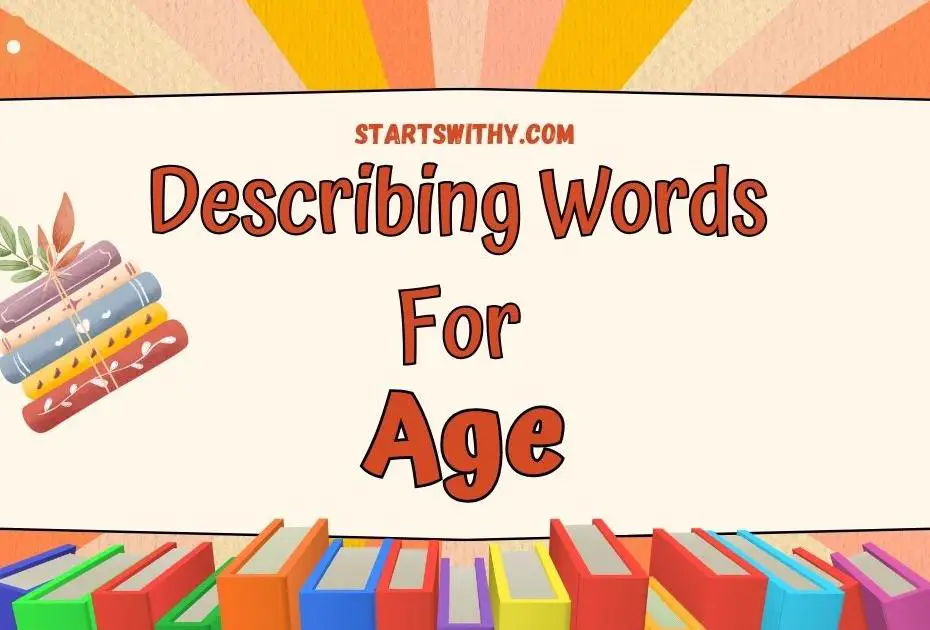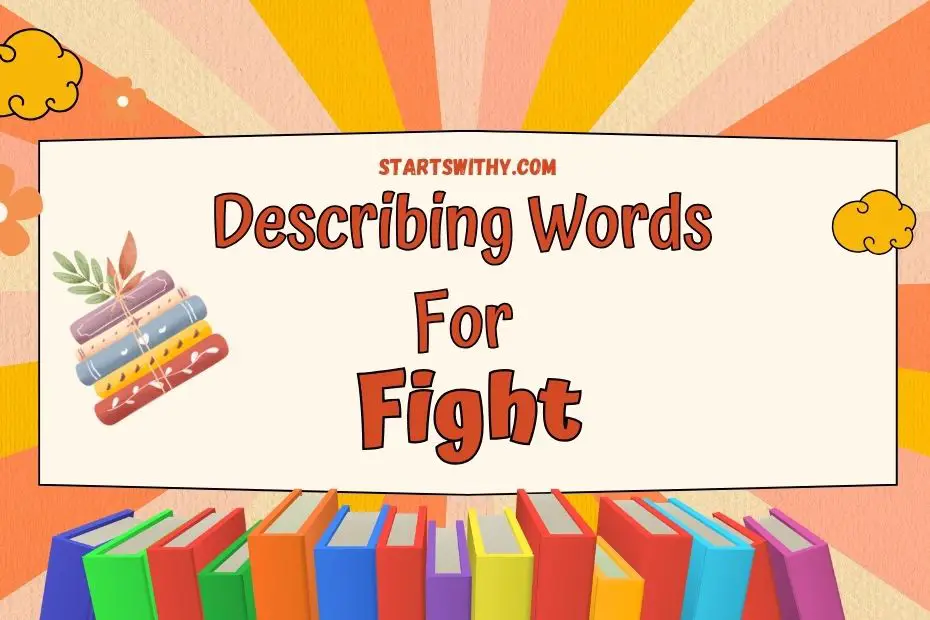Insects are fascinating creatures that come in all shapes, sizes, and colors. From the tiny buzzing bees to the majestic butterflies, each insect has its own unique characteristics that make it special. But how do we describe these incredible creatures?
In this article, I’ll be sharing a list of adjectives that can be used to describe insects, along with some examples to help paint a vivid picture. Whether you’re a nature enthusiast, a writer looking for descriptive words, or simply curious about the world of insects, this article is for you. So let’s dive in and explore the wonderful world of adjectives for insects!
How to Describe insects? – Different Scenarios
Describing insects can be fun and exciting. As a nature enthusiast, I often find myself searching for the perfect words to capture the unique characteristics of these fascinating creatures. Whether you’re a writer or simply interested in learning more about insects, here are some tips on how to describe them in different scenarios.
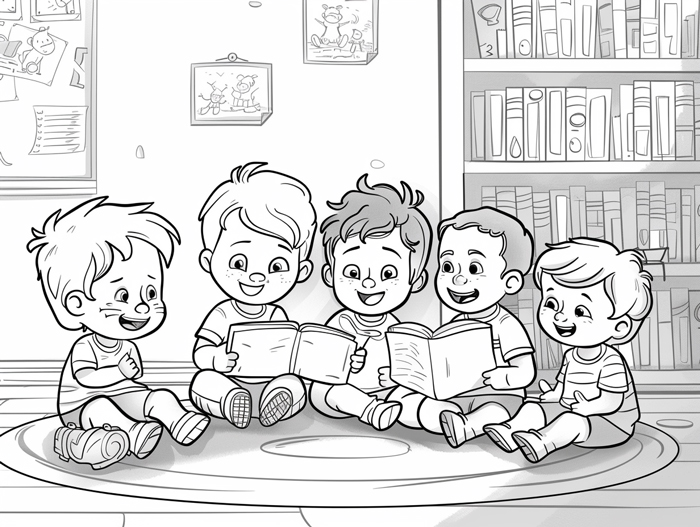
1. Size and Shape
When describing insects, it’s important to consider their size and shape. Here are a few adjectives that can help you describe these aspects:
- Tiny: Ladybugs are tiny insects that can fit on the tip of your finger.
- Slender: Dragonflies have a slender body, perfect for gliding through the air.
- Bulbous: Bees have a bulbous abdomen that allows them to store nectar.
- Sleek: Butterflies have a sleek profile, as they gracefully flutter from flower to flower.
2. Color and Pattern
The vibrant hues and intricate patterns found on insects are a sight to behold. Use these adjectives to describe their color and pattern:
- Bright: Fireflies emit a bright glow in the night sky.
- Striped: The black and yellow stripes of a bee are easily recognizable.
- Spotted: Ladybugs are known for their red body with black spots.
- Camouflaged: Stick insects have a remarkable ability to blend into their surroundings.
3. Movement and Behavior
Describing how insects move and behave can bring them to life on the page. Consider these adjectives:
- Swift: Dragonflies dart through the air with swift movements.
- Busy: Ants are always busy, scurrying around in search of food.
- Graceful: Butterflies move with a graceful fluttering of their wings.
- Methodical: Bees collect pollen in a methodical manner, buzzing from one flower to another.
4. Habitat and Environment
Insects occupy diverse habitats, and describing their surroundings adds depth to your descriptions. Try these adjectives:
- Leafy: Caterpillars thrive in leafy environments where they can munch on foliage.
- Aquatic: Water striders gracefully skim the surface of the water in ponds and streams.
- Underground: Ants build intricate tunnels underground as they create their colonies.
- Nocturnal: Moths are nocturnal insects that are attracted to sources of light.
Describing Words for insects in English
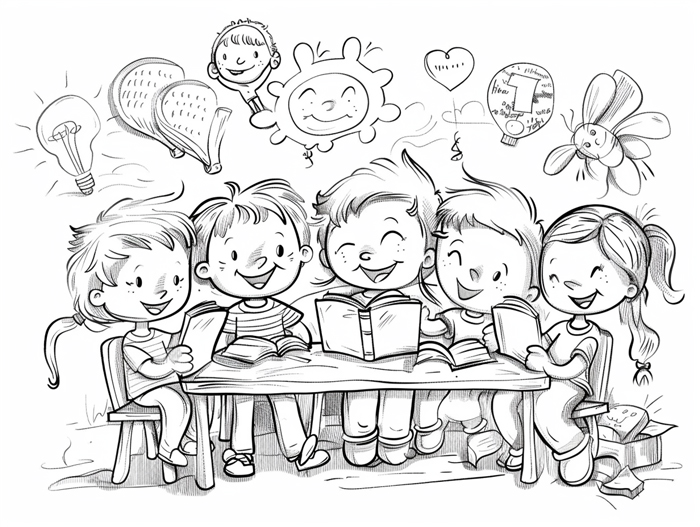
When it comes to describing insects, there’s a wide range of adjectives that you can use to bring these fascinating creatures to life. Whether you’re a nature enthusiast, a writer, or simply interested in learning more about insects, using descriptive words can help you paint a vivid picture of their appearance, behavior, and habitat. Let’s explore some common adjectives that can be used to describe insects in English.
Size:
- Tiny: Some insects are so small that they can easily fit on the tip of your finger.
- Massive: On the other end of the spectrum, certain insects can be quite large, with a wingspan that spans several inches.
Shape:
- Round: Ladybugs, for example, have a distinctive round shape that makes them easily recognizable.
- Long and slender: Dragonflies are known for their long and slender bodies, perfect for swift flights through the air.
Color:
- Vibrant: Butterflies often showcase vibrant colors, such as electric blue, bright orange, or deep purple.
- Camouflaged: Many insects have the ability to blend in with their surroundings, using colors that match the environment.
Pattern:
- Striped: Bees often have black and yellow striped patterns on their bodies.
- Spotted: Ladybugs, with their black spots on a red background, are a classic example of a spotted pattern.
Movement:
- Fluttering: Butterflies gracefully flutter from flower to flower, their delicate wings adding beauty to the scene.
- Crawling: Ants can be seen tirelessly crawling in search of food, forming organized lines as they go about their tasks.
Behavior:
- Noisy: Some insects, like cicadas, are known for their loud and constant buzzing or chirping.
- Solitary: Certain insects prefer solitude and are often found solitary, like the praying mantis hiding among the leaves.
Habitat:
- Underground: Ants create intricate tunnels underground, building highly organized colonies.
- Aerial: Bees build hives in the air, where they store honey and take care of their young.
Environment:
- Forest-dwelling: Many insects thrive in forest environments, where they find ample food and shelter.
- Wetland: Mosquitoes and dragonflies are commonly found in wetland areas, such as marshes and ponds.
Adjectives for insects

As a nature enthusiast, I’m always fascinated by the incredible variety of insects that exist in the world. In order to capture their unique qualities and characteristics, it’s important to have the right adjectives to describe them. Let’s take a look at some adjectives that can be used to paint a vivid picture of insects:
Positive Adjectives for Insects
Insects have remarkable features and behaviors that deserve admiration. Here are some positive adjectives to describe them, along with example sentences:
| Adjective | Example Sentence |
|---|---|
| Majestic | The monarch butterfly looked majestic as it fluttered through the garden. |
| Vibrant | The iridescent wings of the dragonfly shimmered in the sunlight, showcasing vibrant colors. |
| Graceful | The praying mantis moved in a graceful manner, carefully extending its forelimbs. |
| Delicate | The fragile ladybug delicately landed on the flower petal, leaving a sense of wonder. |
| Agile | The grasshopper exhibited its agile nature as it effortlessly leaped from one blade of grass to another. |
| Dazzling | The firefly lit up the night with its dazzling glow, captivating everyone who witnessed it. |
Negative Adjectives for Insects
While insects can be fascinating, some may also evoke negative feelings or impressions. Here are a few adjectives to describe the less desirable aspects of insects, along with example sentences:
| Adjective | Example Sentence |
|---|---|
| Pesky | The mosquitoes were particularly pesky, buzzing around and leaving itchy bites. |
| Creepy | The sight of the hairy tarantula crawling along the ground sent a shiver down my spine. |
| Annoying | The persistent fly kept buzzing around, becoming increasingly annoying with each passing minute. |
| Destructive | The termites proved to be highly destructive, wreaking havoc on wooden structures. |
| Pestilent | The infestation of ants in the kitchen was becoming pestilent, requiring immediate action. |
By using these adjectives, we can bring insects to life on the page and spark the imagination of young minds. Whether they are majestic, vibrant, or even pesky, insects have a unique role to play in the natural world.
Synonyms and Antonyms with Example Sentences
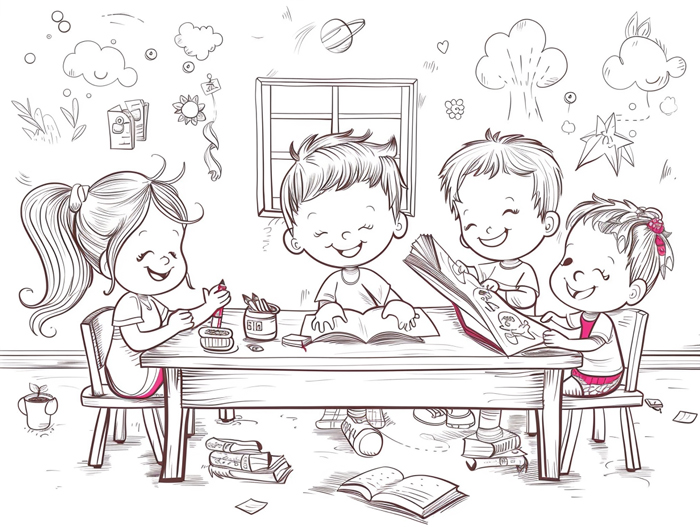
Synonyms for Insects
When it comes to describing insects, there are several synonyms that can be used to add variety and depth to your writing. Here are some common synonyms for insects, along with example sentences to help you understand their usage:
| Synonym | Example Sentence |
|---|---|
| Bugs | I spotted a few bugs crawling on the leaves. |
| Creepy-crawlies | The garden was full of creepy-crawlies of all shapes and sizes. |
| Critters | The woods are home to all sorts of fascinating critters. |
| Invertebrates | Invertebrates like spiders and ants make up a significant portion of the insect world. |
| Bugs | She found a tiny bug in her shoe. |
Antonyms for Insects
If you want to describe something that is the opposite of an insect, here are some antonyms to consider:
| Antonym | Example Sentence |
|---|---|
| Mammals | Unlike insects, mammals give birth to live young. |
| Birds | Birds have feathers, while insects have exoskeletons. |
| Reptiles | Reptiles like snakes and lizards are not classified as insects. |
| Fish | Fish live underwater, while insects inhabit land and air. |
| Amphibians | Unlike insects, amphibians undergo metamorphosis from a water-dwelling larva to a land-dwelling adult. |
Remember, using synonyms and antonyms in your writing can help create variation and engage your readers. Just make sure to choose the words that best fit the context and convey the intended meaning.
Conclusion
By exploring various adjectives for insects, we have uncovered a plethora of descriptive words that can bring our writing to life. These synonyms, such as “bugs,” “creepy-crawlies,” “critters,” and “invertebrates,” allow us to add depth and variety to our descriptions. On the other hand, the antonyms, including “mammals,” “birds,” “reptiles,” “fish,” and “amphibians,” offer a contrasting perspective when needed.
Using these adjectives not only engages our readers but also helps us convey our intended meaning more effectively. Whether we are writing a scientific article, a children’s story, or a blog post about insects, having a wide range of descriptive words at our disposal allows us to paint a vivid picture and captivate our audience.
So, the next time you find yourself describing insects, don’t settle for the same old words. Instead, explore the world of synonyms and antonyms to create a more compelling and engaging piece of writing. Embrace the power of language and watch your descriptions come to life.
